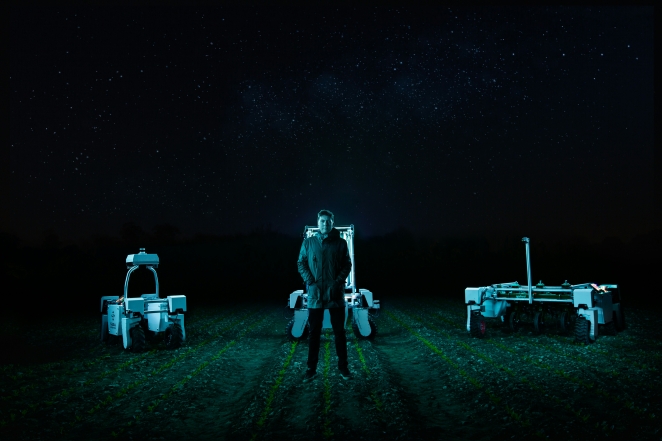AI might be a digital beast but it’s not without its carbon footprint. By its very nature, it’s a technology that requires large amounts of processing power and power requires fuel.
The environmental cost of AI use in the creative industries encompasses a broad range of considerations, from carbon emissions and energy consumption to water usage and the broader impact on societal norms and expectations around sustainability. It all boils down, however, to the intensive computational requirements of generative AI models. Creativity, you see, takes effort whichever way you slice the pie.
The high cost of living
Generative AI models, especially large language models (LLMs) like GPT-4 that fuel Chat GPT, have already been identified as significant contributors to environmental degradation. The AI Index Report 2023 by Stanford University highlighted that GPT-3 emitted carbon dioxide equivalent to 500 times the emissions of a round trip flight from New York to San Francisco in 2022 alone and that was a year ago. We can only speculate the damage being done today.

The truth is, there is a profound carbon footprint associated with training and operating these models and that’s before we even broach the subject of water use. You see, AI’s are thirsty beasts, with the water used to cool the servers powering ChatGPT thought to amount to “enough to fill the cooling tower of a nuclear reactor.” In real terms, this means every time you ask the model a question, you’re effectively dumping a bottle of water on the ground.
Making AI less thirsty
Thankfully, the creative industries, being ever vigilant when it comes to public perception, are beginning to reckon with these challenges. One approach is to integrate environmental considerations into the user experience (UX) design of AI systems.
By informing users about the energy consumption of their creative processes and potentially guiding them towards less energy-intensive practices, there's an opportunity to mitigate some of these environmental impacts. However, this requires a fundamental shift in how AI technologies are designed and utilized, prioritizing efficiency and sustainability alongside creativity and innovation.

With AI being commercialised at an astonishing rate, there’s a burgeoning need for environmental sustainability certifications for AI, similar to the "fair trade" certificates used in other industries. Of course, regulations are often the enemy of progress and innovation but with AI poised to be the most transformative technology of the century, we need to start laying the foundations for its sustainable future right now.
Existing legislative action, such as the Artificial Intelligence Environmental Impacts Act introduced in the US, represents an awareness and response to these challenges at the policy level. The act aims to establish standards for assessing and voluntarily reporting the environmental impacts of AI, although its effectiveness remains to be seen. Critics also argue that voluntary measures may not be enough to engender a significant shift towards sustainability in an AI industry that seems more interested in growing as fast as possible than in doing so sustainably.
It takes a village
The intersection of AI and the creative industries presents a range of environmental challenges and ethical considerations. While the potential for AI remains immense, there's a pressing need to reconcile this endless potential with dwindling environmental resources and a pressing desire among creatives to live and work sustainably.
It’s going to need to be a collaborative effort among AI developers, users in the creative industries, policymakers, and broader society to foster practices and technologies that are both innovative and environmentally responsible. It’s a big ask but if our planet is to remain hospitable beyond our lifetimes, it’s a necessary one.






